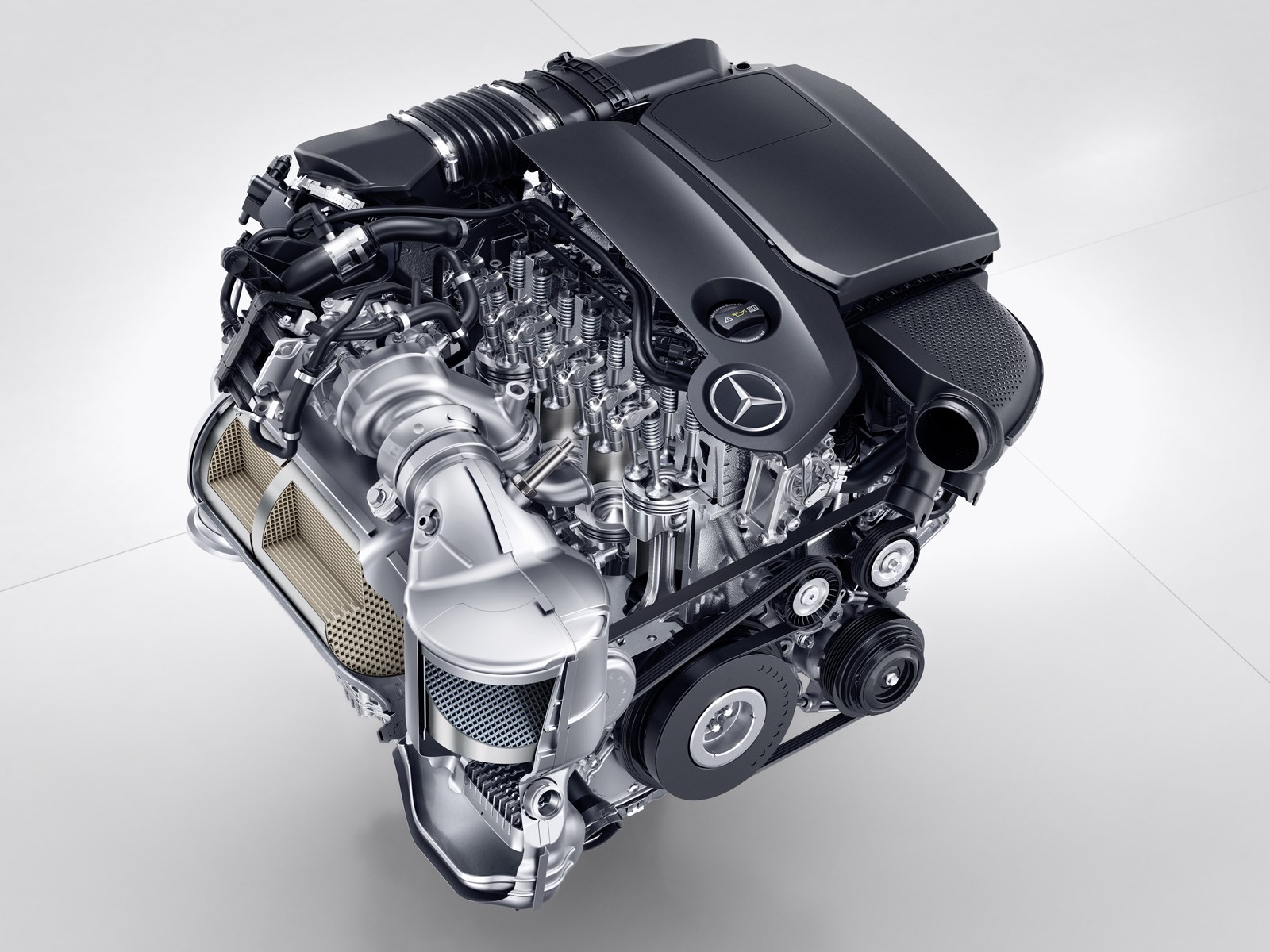OM 654 to star in new Merc vehicles, writes Colin Smith
A star with a lead role in the latest W213 Series Mercedes-Benz E-Class will have a much wider part to play in the future.
Among the new technologies the E-Class premieres is the OM 654 four-cylinder diesel engine. It debuts in 2.0-litre displacement to power the E 220d entry-level diesel model that is priced from $102,900 in New Zealand.
The all-new engine replaces the familiar 2143cc OM 651 diesel, which has been on the road since 2008 and which the New Zealand market has received in 100kW, 135kW and 150kW versions. Mercedes-Benz has built more OM 651s than any other engine in its history. At this stage, the petrol engines and the V6 diesels carry over from the previous generation W212 E-Class.
The E 220d is only the beginning for the OM 654. It's been developed so it can be used in longitudinal and transverse applications to power rear-, front- and all-wheel-drive vehicles.
Near-future applications will include the C-Class and GLC models but updated and next generation A, B, GLA and CLA lines will also benefit from OM 654 efficiency. And the engine will have commercial applications in V-Class and Sprinter van models.

The OM 654, the big gun in the new Mercedes-Benz E-Class
The OM 654 is described as a modular design and versions with other output levels are planned. It's not yet known whether modularity means a 1.5-litre three-cylinder version or in-line five-cylinder or six-cylinder versions -- that would be interesting as the V6 layout has been the favoured engine in recent years.
Mercedes-Benz says there are five years of development, five million kilometres and �3 billion invested in the OM 654. Its targets are improved fuel efficiency and lower emissions accompanied by enhanced performance and refinement.
By adopting an aluminium block the weight is significantly reduced while the new engine has 90mm (rather than 94mm) bore spacings which makes the engine shorter. The engine weighs 168.4kg compared with 203.8kg for the OM 651 (a 17 per cent improvement) which accounts for a significant proportion of the overall weight reduction in the new E-Class.
Compared with the OM 651 it has a lower compression ratio (15.5:1 compared with 16.25:1) and the injection pressure has increased to 2150 bar. Among its design advances are a graduated bowl combustion process, compact steel pistons that have friction and thermodynamics advantages over alloy pistons and a Nanoslide cylinder bore coating -- borrowed from high performance AMG engines -- which contributes to a 25 per cent reduction in friction.
Another significant innovation is moving all the exhaust after-treatment systems -- oxidation catalytic converter, AdBlue unit, particulate filter and an additional SCR (selective catalytic reduction) catalyst -- so they are directly attached to the engine rather than downstream in the exhaust. This saves weight and has a significant benefit to cold start emissions as the SCR and catalytic converters are able to heat up more rapidly.
While it has a smaller displacement (1950cc) than its OM 651 predecessor and uses a single turbocharger rather than a two-stage unit, the new E 220d is more powerful. It develops 143kW at 3800rpm -- compared with 125kW from 3000-4200rpm for the OM 651 unit -- and peak torque remains unchanged at 400Nm (available from 1600-2800rpm).
The new E 220d can accelerate from 0-100km/h in 7.3seconds. Its Euro combined cycle consumption figure of 4.1L/100km is a 13 per cent reduction compared with the previous E 220 CDi model.
It's not just the new engine that has improved the efficiency of the E-Class. The 9G-Tronic automatic transmission has been introduced across a wider range of Mercedes-Benz vehicles since 2013 to provide a wider spread of ratios -- effectively giving a lower first gear and taller top gear. The only ratio in common between the new 9G-Tronic and the outgoing 7G-Tronic is the 1:1 sixth gear.
As the OM 654 is introduced across a wider range of models it will play a leading role in the fuel consumption targets for new Mercedes-Benz models and in meeting ever-tougher emissions standards.




